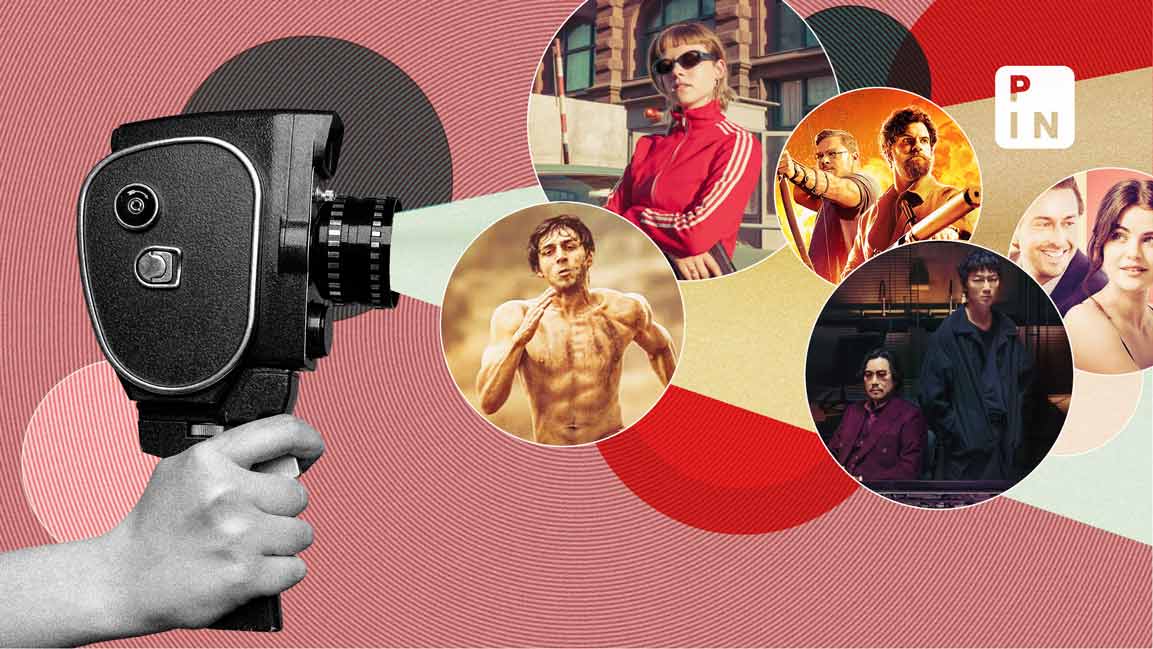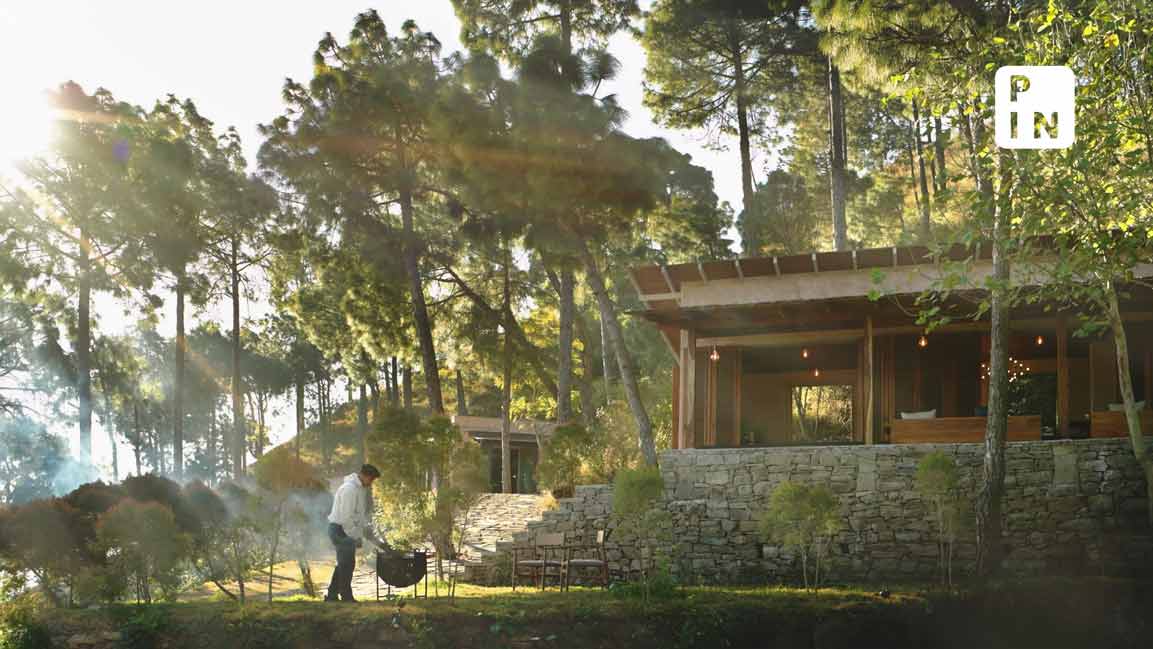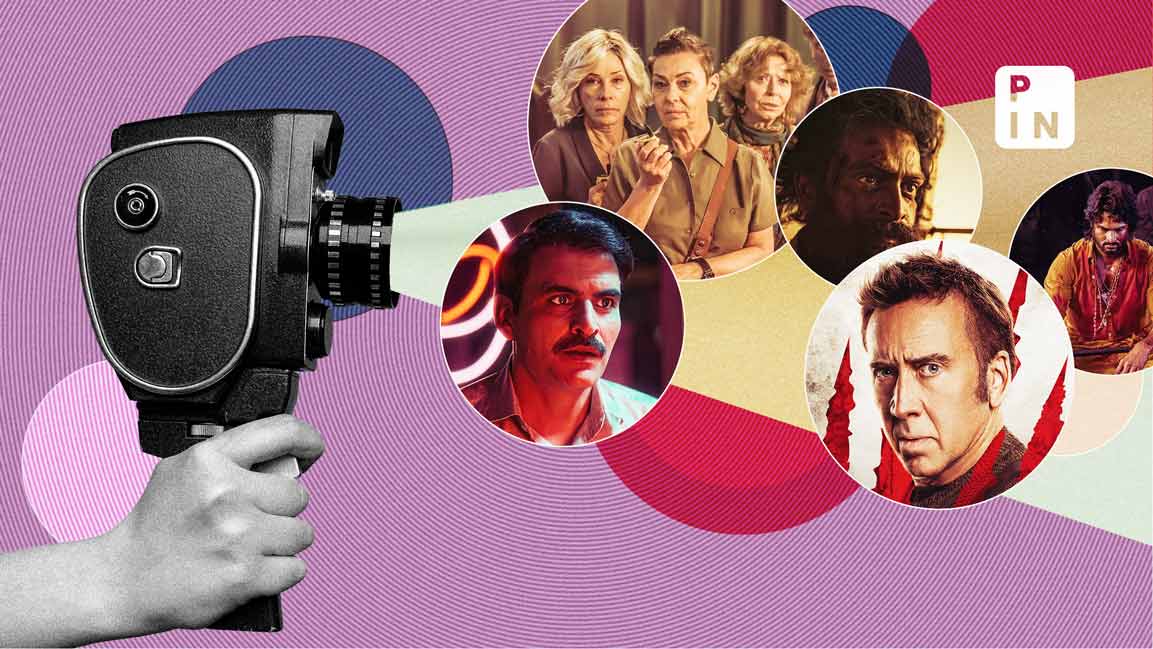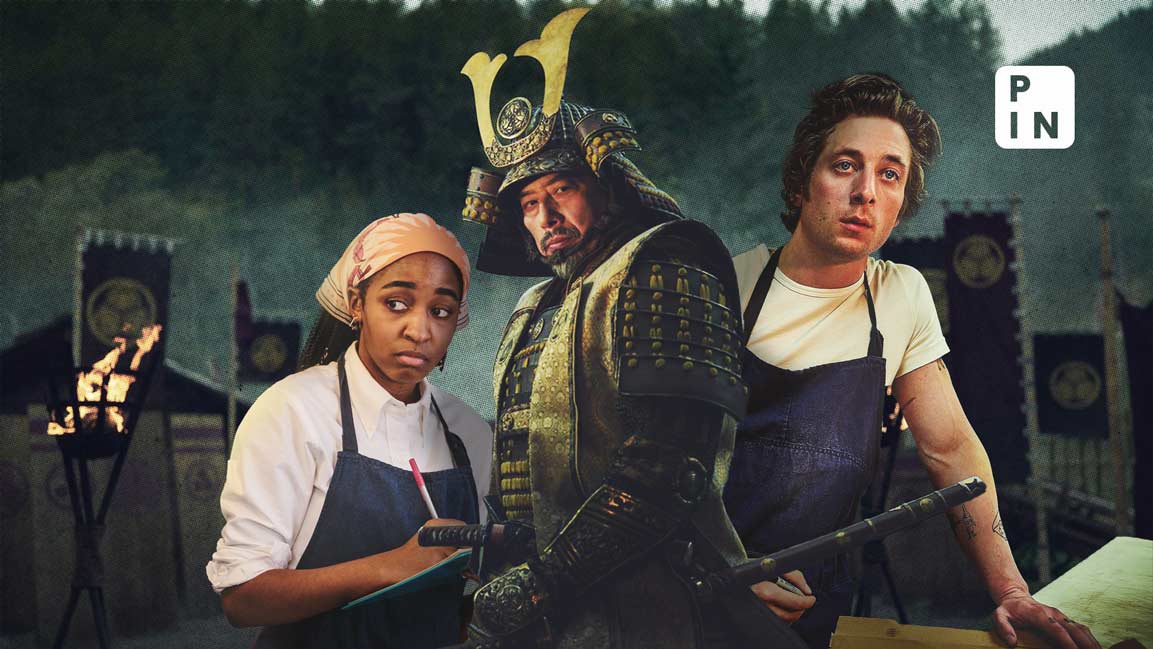- | 6:00 pm
South Asian voices come together at India Art Fair
Visitors immersed themselves in modern and contemporary South Asian art that explored ideas and reflections from the places of origin of the artists
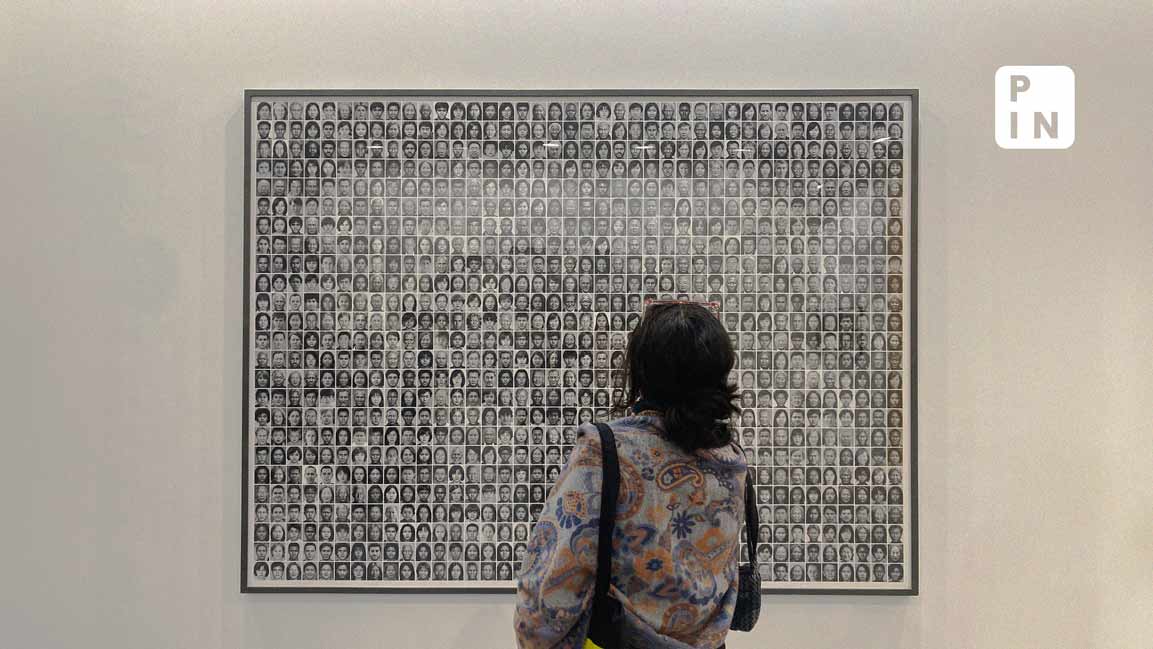
Every year, the India Art Fair attracts a score of patrons both young and old. Connoisseurs and collectors come together at the fair booths to admire different artworks, creating a space that is wholly new to Delhi’s art scene.
This time around, visitors could immerse themselves in modern and contemporary South Asian art that explored ideas and reflections from the artists’ backgrounds.
A message from Bangladesh
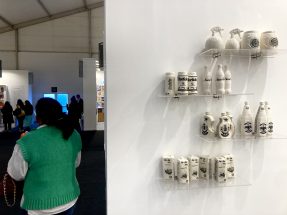
One such artist explored the themes of f ood politics and the Western concepts of abundance in his creations. Shimul Saha is a contemporary visual artist who works out of Dhaka, Bangladesh. Working with Britto Arts Trust, a non-profit collective in Bangladesh, Saha and his fellow collaborators have exhibited ceramic recreations of popular food objects such as soda bottles, juice cartons, and ketchup bottles.
ood politics and the Western concepts of abundance in his creations. Shimul Saha is a contemporary visual artist who works out of Dhaka, Bangladesh. Working with Britto Arts Trust, a non-profit collective in Bangladesh, Saha and his fellow collaborators have exhibited ceramic recreations of popular food objects such as soda bottles, juice cartons, and ketchup bottles.
“The concept of the supermarket comes from the West, we have displayed our versions of the Western products in this installation. In our larger installations, we have also displayed the local Bangladeshi products, which we have displayed in our local way,” said Saha.
Britto Arts Trust has been coming to the art fair every year, and the simplicity of their displays is what attracts the buyers to their booth amid the opulence of the fair.
“Whatever we carry from Dhaka to the India Art Fair, we aim to sell, so we can sustain our non-profit organization,” Saha added.
Young Nepalis explore homeland through art
Another booth featuring the Aakrit Collective—a group of five young Nepali artists—explored the themes of migration, memory, and change. The art practices of these newcomers are all devoted to their places of origin and their backgrounds.
The displays featured the individual voices of the artists in their preferred medium, from printmaking to oil painting, both traditional and contemporary.
Hitesh Vaidya, one of the artists, showcased the traditional Paubha painting style that originates from Kathmandu to create contemporary landscapes of the places he grew up in.
“We are all very excited to be representing Nepal at the India Art Fair. We aren’t just representing our individual artworks but also giving a glimpse into the broader art practice of Nepal and how artists view the culture and the changes that occur in a society,” said Pooja Duwal, one of the artists from the Aakrit Collective.
A textural journey with embroidery
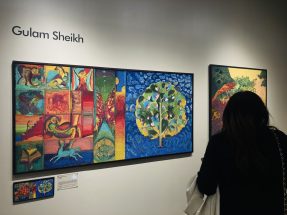
While walking through the different booths, the eye wanders to popular names like Andy Warhol, Picasso, and Jamini Roy, among others. One particular booth that catches the attention of the onlookers, however, is the one displaying embroidered recreations of some of the most revered Indian artists.
At the intersection of Indian and global art, architecture, craft, design, and fashion, lies the Mash booth. The most striking collaboration between art curator Arshiya Lokhandwala, artisans from Milaaya Embroideries, and MASH India—Threaded Visions: Contemporary Embroidery for a Sustainable Future—displays intricately embroidered works of art that were originally painted by legendary artists including SH Raza, Gulam Sheikh, Nilima Sheikh, Ranbir Kaleka, and Ram Kumar.
The transformation of these works of art into hand-embroidered masterpieces throws a light on the genius of the artisans who create these handiworks. A dying heritage—slowly being replaced by machinery—hand embroidery when transformed into these extensive works of art makes it accessible to a broader audience, according to Gayatri Khanna, from Milaaya Embroideries.
In tandem with the art styles of the original artwork, the embroidery styles also reinvent themselves. The patterns and stitches of every artwork reflect the art practices of the modern and contemporary artists who created them.
The art of the past and the art of the future
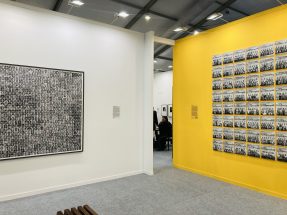
Photoink’s booth presented a striking juxtaposition of portraits from Calcutta, circa 1952, by photographer Ahmed Ali, next to a set of AI-generated portraits of virtually indistinguishable faces by artists Madhuban Mitra and Manas Bhattacharya.

While Ali’s work features similar-looking portraits of a factory’s labor force, mimicking the assembly line of production where everything looks homogenous at first glance, Mitra and Bhattacharya’s work, though homogenous by definition—given that it’s AI-generated—has distinct looking portraits that could easily pass as if they were photographs of real people.
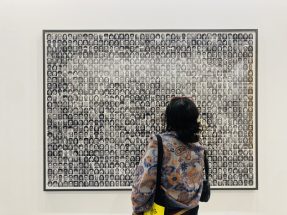
The interplay between both these displays might raise many questions about portrait photography as an art form, but if one takes a step closer to the frames, they can easily distinguish between the aesthetic of portraiture and the meaning behind it.





